

Articles
How To Store Boat Outside
Modified: January 5, 2024
Learn the best methods for storing your boat outside with these helpful articles. Discover tips and tricks to protect your boat from the elements and ensure its longevity.
(Many of the links in this article redirect to a specific reviewed product. Your purchase of these products through affiliate links helps to generate commission for Storables.com, at no extra cost. Learn more)
Introduction
Storing a boat outside can be a practical and cost-effective solution for boat owners who do not have access to indoor storage facilities. However, it’s important to take the necessary precautions to ensure that the boat remains protected from the elements and potential damage. Whether you’re storing your boat during the off-season or for an extended period of time, following the right steps can help preserve its condition and prolong its lifespan.
In this article, we will provide you with valuable insights and tips on how to properly store your boat outside. From choosing a suitable location to securing the boat and performing regular maintenance, we’ll cover all the essential steps to ensure your boat remains in optimal condition.
Key Takeaways:
- Properly preparing and securing your boat for outdoor storage is essential to protect it from the elements and potential damage. From choosing the right location to regular maintenance, these steps ensure your boat remains in optimal condition.
- Selecting a suitable location, covering the boat with a quality tarp, and performing regular inspections and maintenance are key to preserving your boat’s condition during outdoor storage. Taking these steps will help prolong its lifespan and ensure it’s ready for use when needed.
Read more: How To Store A Boat Outside
Choose a Suitable Location
When it comes to storing your boat outside, selecting the right location is crucial. Ideally, you want to find a spot that offers protection from the elements and minimizes the risk of damage. Here are some factors to consider when choosing a suitable location:
- Shelter: Look for a location that provides some form of shelter, such as a covered area or a spot near trees that can provide shade. This will help protect your boat from direct sunlight, harsh weather conditions, and potential damage from falling debris.
- Accessibility: Ensure that the chosen location is easily accessible for both storage and retrieval. It should have enough space to maneuver the boat and trailer without any obstructions.
- Drainage: Opt for a location with good drainage to prevent water from pooling around the boat. Standing water can cause damage to the hull and other components over time.
- Security: Consider the security measures in place at the location. Look for well-lit areas, video surveillance, and secure fencing to deter potential theft or vandalism.
Additionally, it’s important to check with local regulations or organizations for any specific guidelines or restrictions on boat storage in your area. Some communities or homeowners’ associations may have rules regarding boat storage, so make sure to comply with them.
By carefully selecting a suitable location for your boat, you can minimize the risk of damage and ensure that it remains in good condition throughout its storage period.
Prepare the Boat for Outdoor Storage
Before storing your boat outside, it’s essential to properly prepare it to withstand the elements. Taking the time to prepare your boat will help protect it from potential damage and ensure that it’s in good condition when you’re ready to use it again. Here are some steps to follow:
- Clean the Boat: Start by thoroughly cleaning the boat, both inside and out. Remove any dirt, debris, or saltwater residue to prevent corrosion and damage to the boat’s surfaces.
- Flush the Engine: If your boat has an engine, flush it with fresh water to remove any salt or contaminants. This will help prevent corrosion and extend the life of the engine.
- Drain and Dry: Ensure that all compartments, including the bilge, livewells, and water tanks, are drained completely. Leave them open to allow for proper ventilation and drying.
- Winterize the Boat: If you live in an area with freezing temperatures, it’s crucial to winterize your boat before storing it outside. This includes draining the water from the engine, water systems, and any other components that can be affected by freezing conditions.
- Treat the Fuel: Add a fuel stabilizer to your boat’s fuel tank to prevent the fuel from deteriorating during storage. Follow the manufacturer’s instructions for the appropriate amount of stabilizer to use.
- Protect the Electrical System: Disconnect and remove the battery from the boat. Store it in a cool, dry place and periodically recharge it to maintain its condition. Cover all electrical connections with dielectric grease to protect them from moisture and corrosion.
By properly preparing your boat for outdoor storage, you can minimize the risk of damage and ensure that it remains in good condition throughout its storage period.
Cover the Boat with a Quality Tarp
One of the most important steps in storing a boat outside is to cover it with a high-quality tarp. A tarp serves as a protective barrier against rain, snow, sun, and other harsh elements. Here are some tips for covering your boat with a tarp:
- Choose the Right Size: Ensure that the tarp you choose is the appropriate size to completely cover your boat. It should extend over all areas of the boat, including the bow, stern, and sides.
- Consider Material: Select a tarp made from a durable and weather-resistant material such as polyester or polyethylene. These materials are UV-resistant, waterproof, and resistant to tearing and abrasion.
- Tightly Secure the Tarp: Use bungee cords, ropes, or straps to tightly secure the tarp to the boat. Make sure there are no gaps or loose areas that can allow moisture or debris to enter.
- Elevate the Tarp: Avoid directly placing the tarp on the boat’s surface. Instead, create a slight slope by using support poles or straps to elevate the tarp. This will help promote water runoff and prevent pooling.
- Secure the Tarp Properly: Ensure that the tarp is securely fastened to the trailer and boat, so it doesn’t blow away during strong winds. Check the tarp regularly and re-adjust or replace it if needed.
- Inspect for Condensation: Periodically check underneath the tarp for any signs of condensation or moisture buildup. If necessary, provide additional ventilation or use moisture-absorbing products to prevent mold or mildew.
A high-quality tarp provides an extra layer of protection for your boat and helps keep it in good condition during outdoor storage. Make sure to invest in a durable and properly-sized tarp and regularly inspect it to ensure its effectiveness.
When storing a boat outside, make sure to cover it with a durable, waterproof tarp to protect it from the elements. Additionally, prop the tarp up to allow for air circulation and prevent moisture buildup.
Secure the Boat to Prevent Damage
Securing your boat properly during outdoor storage is crucial to prevent any potential damage caused by strong winds, storms, or theft. Taking the necessary precautions will give you peace of mind and ensure that your boat remains safe and protected. Here are some steps to secure your boat:
- Anchor or Chock the Boat: Use an anchor or wheel chocks to prevent the boat from moving or shifting during high winds or storms. This will help maintain its position and reduce the risk of damage.
- Secure the Trailer: Ensure that the trailer is properly locked and immobilized to prevent theft. Use a trailer hitch lock, wheel lock, or security chains to deter unauthorized removal.
- Remove Valuables: Take out any valuables or personal belongings from the boat and store them in a secure location. This includes electronics, fishing equipment, and any other items that could be easily targeted by thieves.
- Consider a Boat Cover Lock: If you’re using a boat cover, consider investing in a lock or securing system specifically designed for covers. This will prevent unauthorized access and potential damage to the boat while in storage.
- Check Tie-Downs: Inspect the condition of tie-down straps or ropes used to secure the boat to the trailer. Replace any worn or damaged straps to ensure they are in good working order.
- Monitor Weather Conditions: Stay updated on upcoming weather conditions and be prepared to take additional precautions if severe weather is forecasted. This may include removing the tarp or taking extra measures to secure the boat.
By properly securing your boat and taking preventive measures, you can significantly reduce the risk of damage and ensure that your boat remains intact and protected during outdoor storage.
Read more: How To Store A Paddle Boat Outside
Regularly Inspect and Maintain the Boat
Proper maintenance and regular inspections are essential to keep your boat in good condition during outdoor storage. By taking the time to perform routine checks, you can identify any potential issues early on and take the necessary steps to address them. Here are some key maintenance tasks to consider:
- Check for Moisture: Regularly inspect the interior of the boat for any signs of moisture or water accumulation. Address any leaks or sources of moisture promptly to prevent mold, mildew, or structural damage.
- Inspect the Hull: Examine the hull for any cracks, scratches, or damage. Repair any damages using a marine-grade epoxy or fiberglass patch kit to prevent further deterioration.
- Grease and Lubricate Moving Parts: Apply lubrication to moving parts such as hinges, latches, and hinges. This will prevent rust and ensure that the components continue to function properly.
- Check the Battery: If your boat has a battery, regularly inspect it for any signs of corrosion or damage. Clean the terminals and ensure a secure connection. Charge the battery periodically to maintain its charge.
- Inspect the Tarp: Regularly check the tarp covering your boat for any signs of wear or tear. Repair or replace it as necessary to ensure continued protection from the elements.
- Perform Engine Maintenance: If your boat has an engine, follow the manufacturer’s maintenance guidelines for regular servicing. This may include changing the oil, replacing filters, and inspecting belts and hoses.
- Monitor for Pest Infestations: Keep an eye out for any signs of pests such as rodents or insects. Take preventive measures to deter pests from nesting in your boat, such as using mouse traps or storing mothballs.
By incorporating regular inspections and maintenance into your boat storage routine, you can catch any potential issues early and ensure that your boat remains in optimal condition throughout its storage period.
Conclusion
Storing your boat outside can be a convenient and cost-effective solution when indoor storage options are not available. However, it’s essential to take the necessary precautions to protect your boat from the elements and potential damage. By choosing a suitable location, preparing the boat properly, covering it with a quality tarp, securing it, and performing regular inspections and maintenance, you can ensure that your boat remains in optimal condition during outdoor storage.
Remember to select a location that offers shelter, accessibility, and good drainage. Clean the boat, flush the engine, winterize if necessary, and protect the electrical system. Cover the boat with a properly-sized and durable tarp, securely fastened to the trailer and boat. Anchor or chock the boat, secure the trailer, and remove valuables. Regularly inspect the boat for moisture, hull damage, and battery condition. Lubricate moving parts, monitor the tarp, and perform engine maintenance. Finally, keep an eye out for pests and take preventive measures.
By following these steps and implementing proper storage practices, you can ensure that your boat remains in excellent condition throughout its storage period. When the time comes to enjoy your boat again, you’ll be confident that it’s ready to hit the water and provide you with endless hours of excitement and enjoyment.
Frequently Asked Questions about How To Store Boat Outside
Was this page helpful?
At Storables.com, we guarantee accurate and reliable information. Our content, validated by Expert Board Contributors, is crafted following stringent Editorial Policies. We're committed to providing you with well-researched, expert-backed insights for all your informational needs.
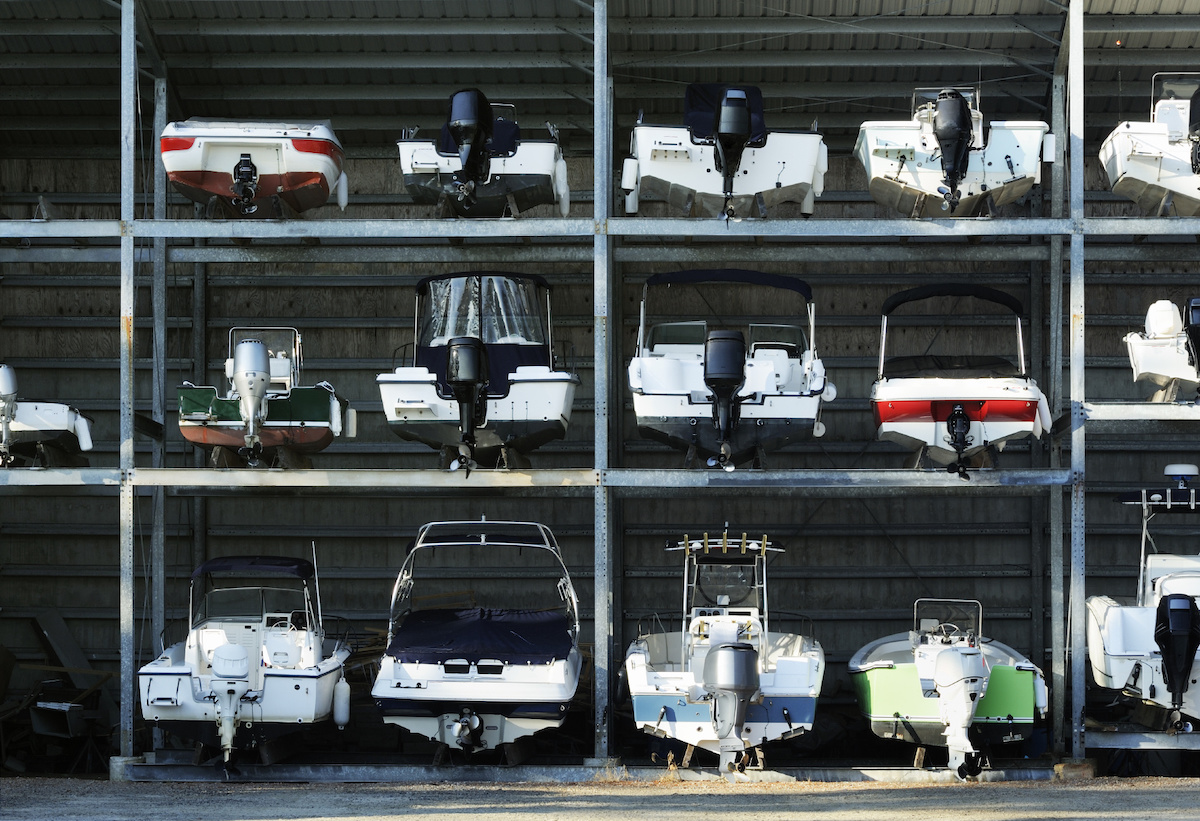
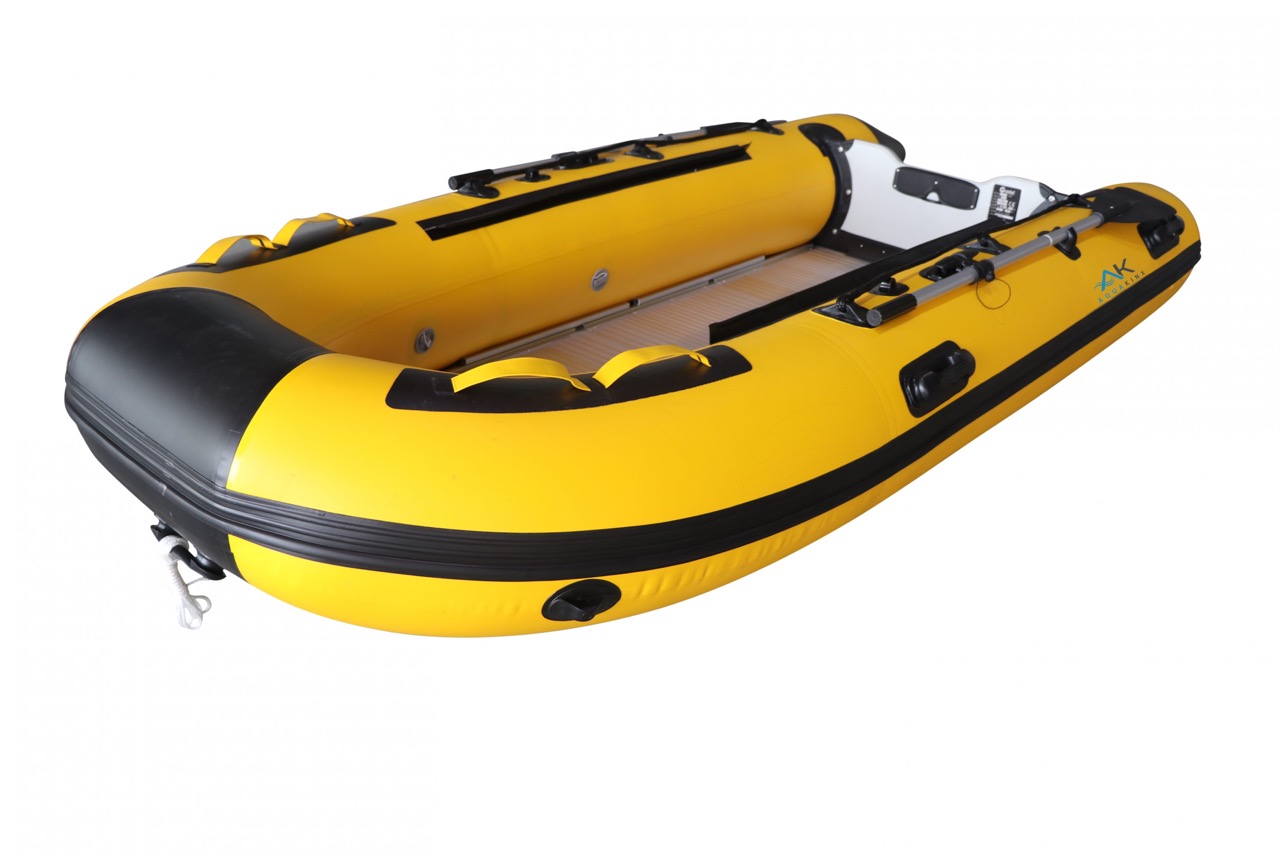
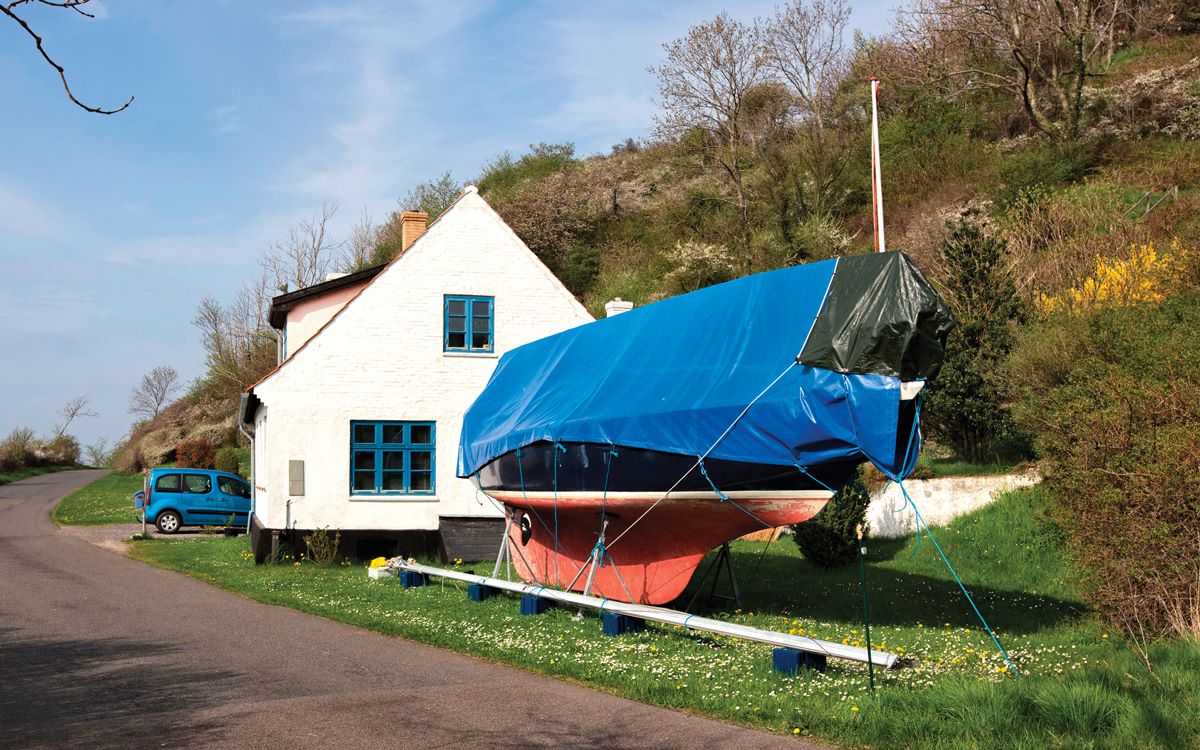
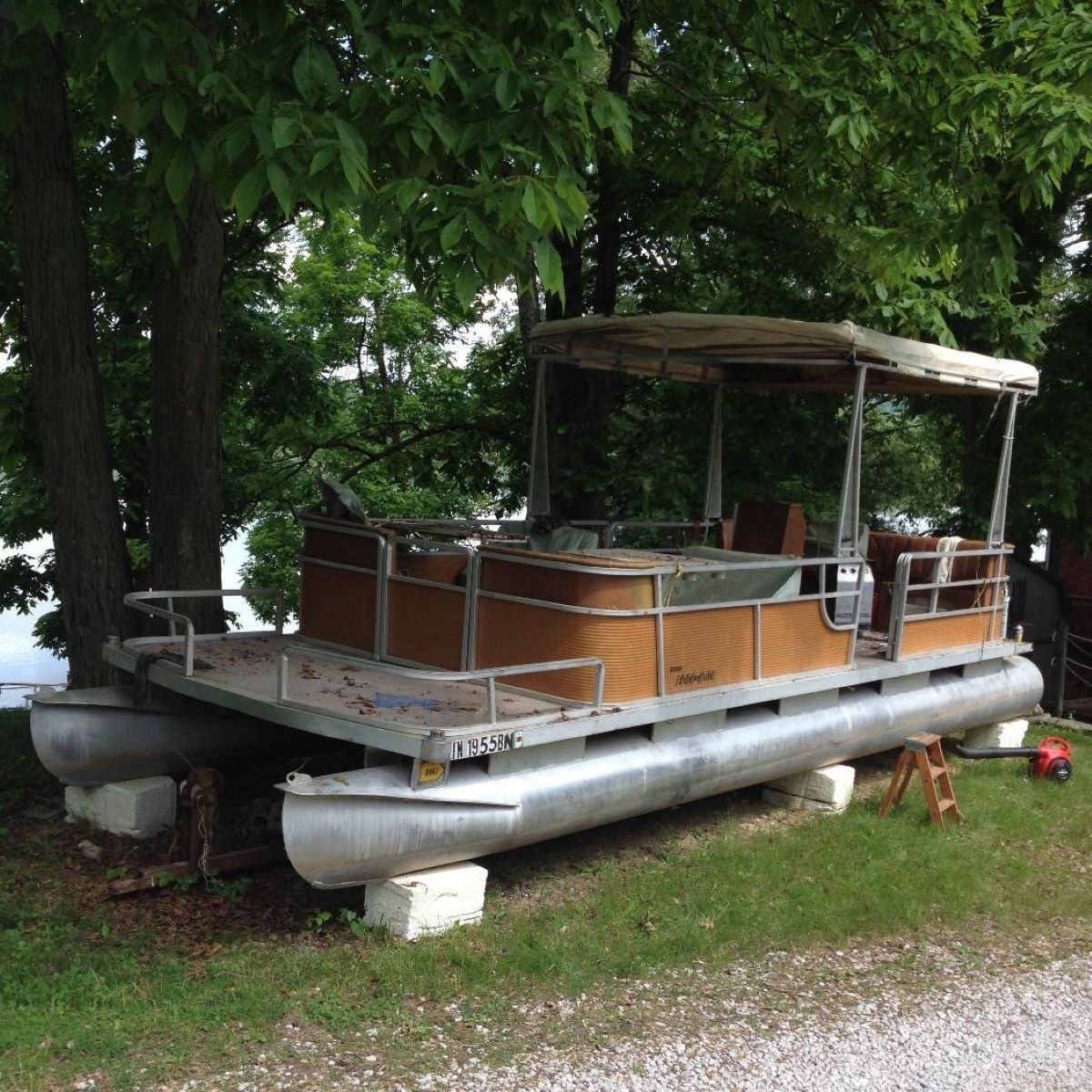
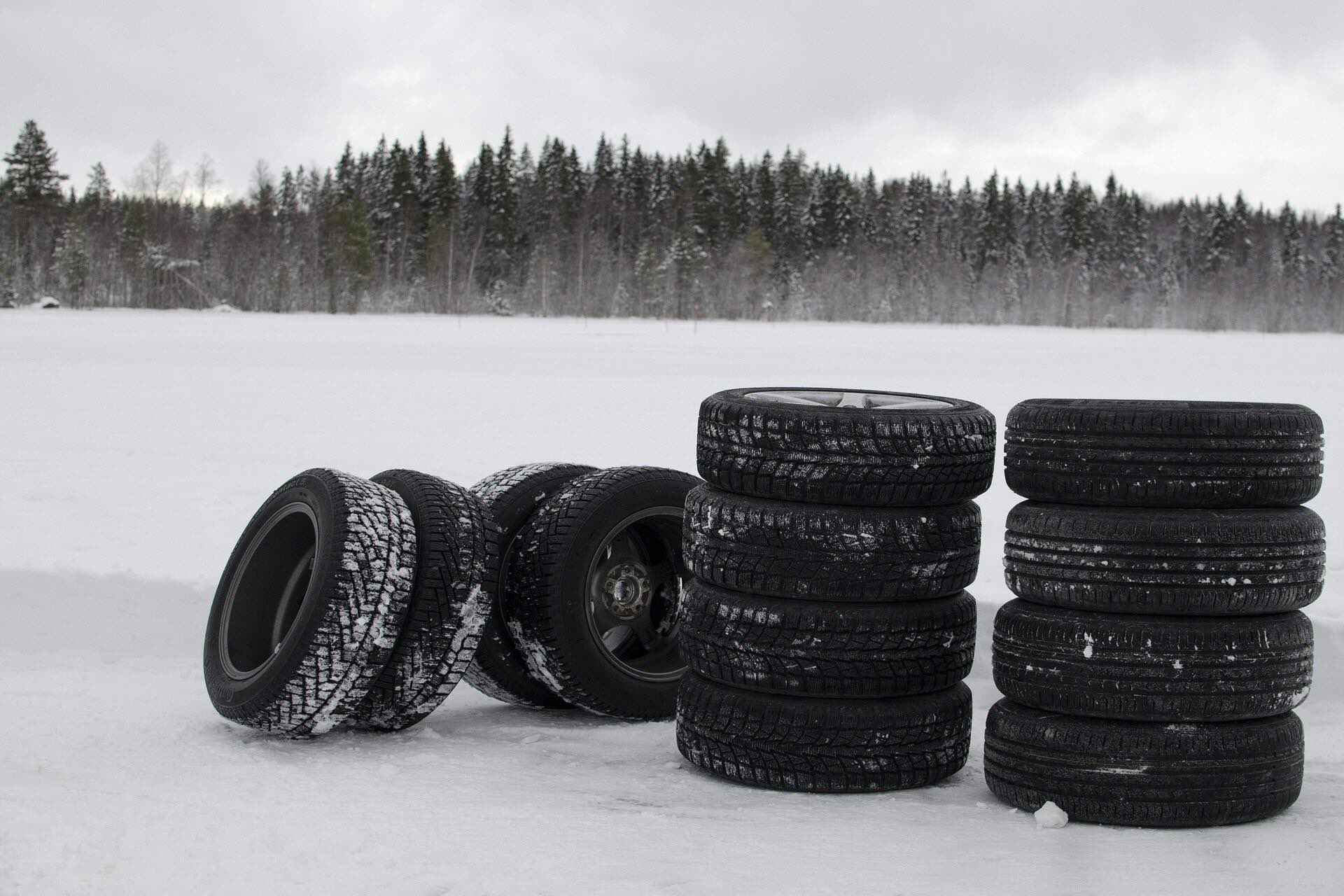
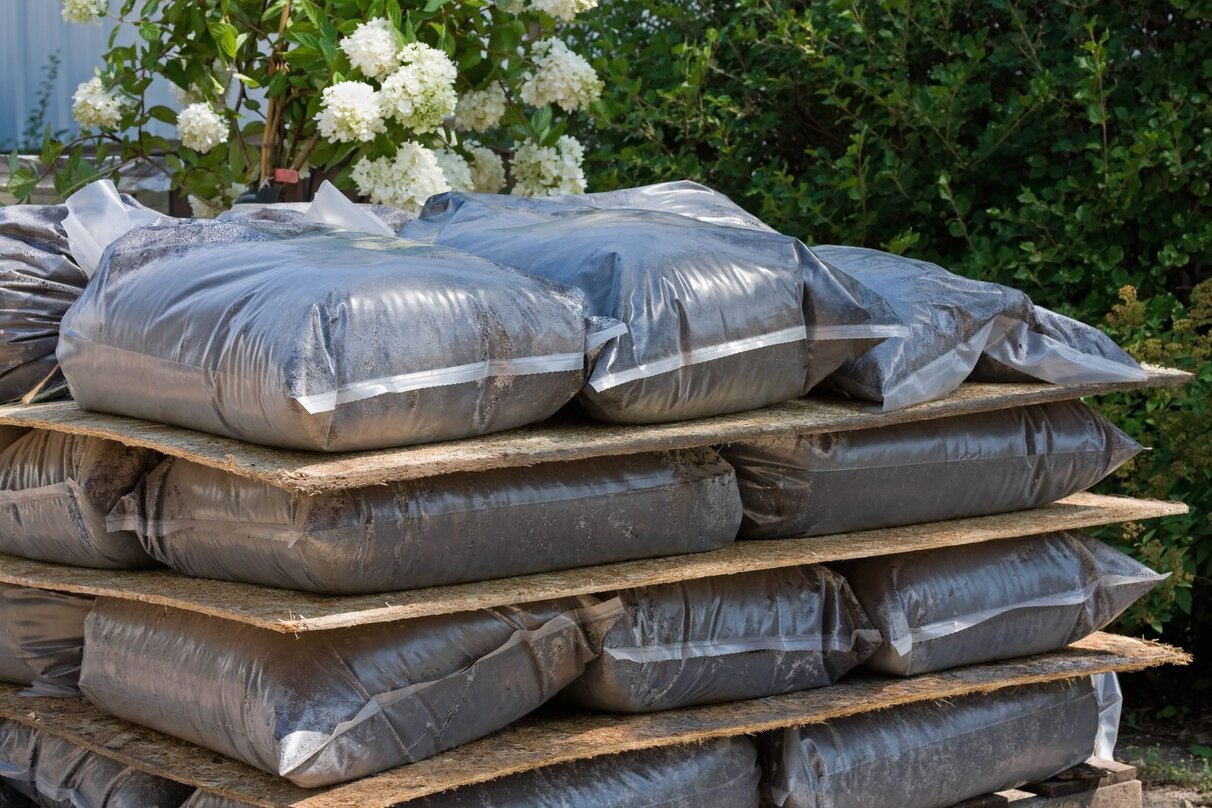
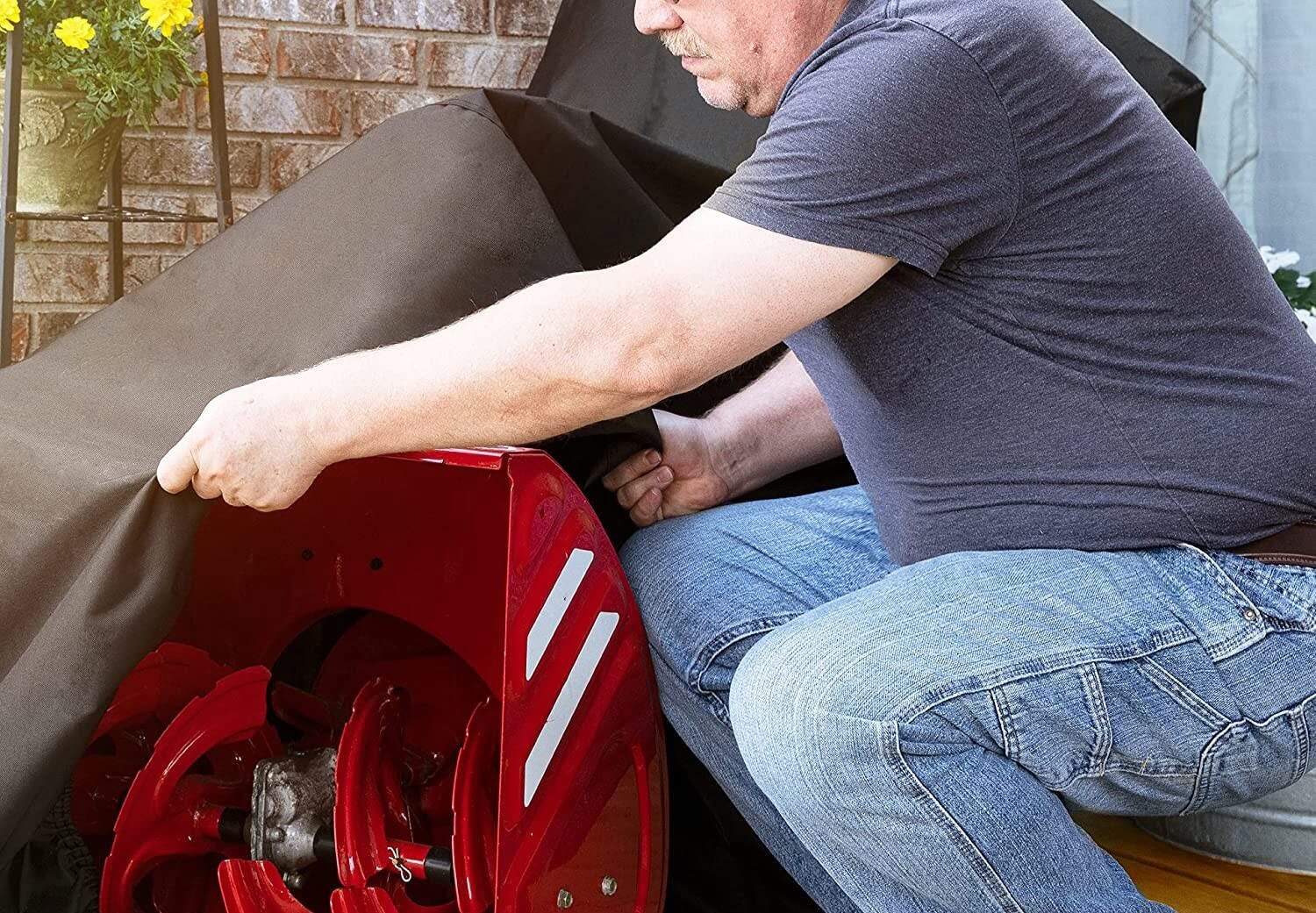


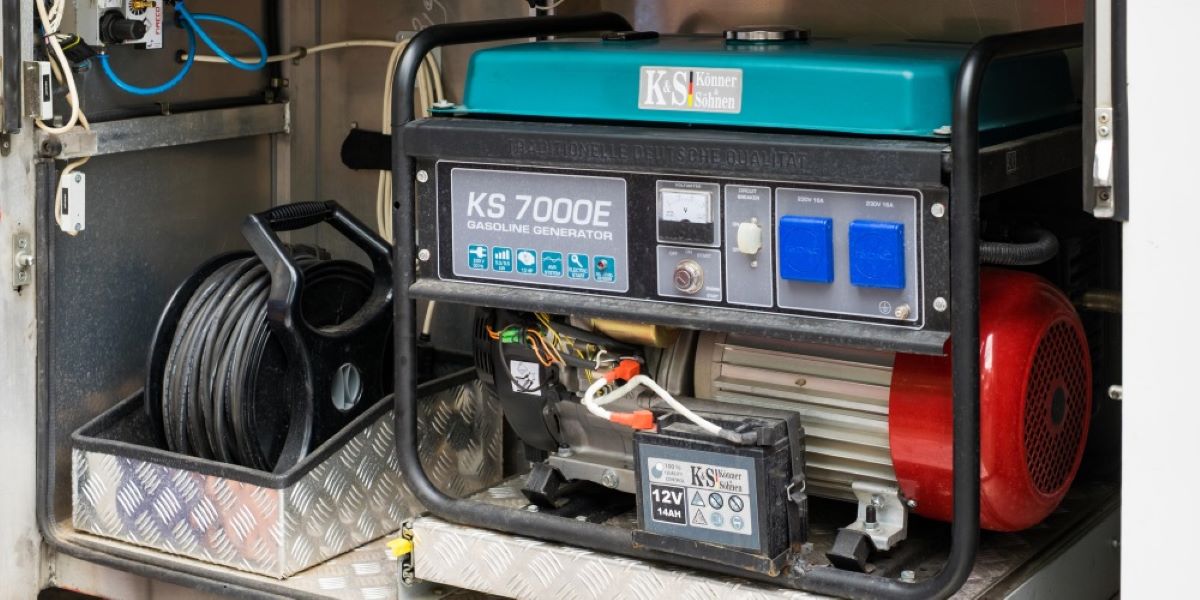

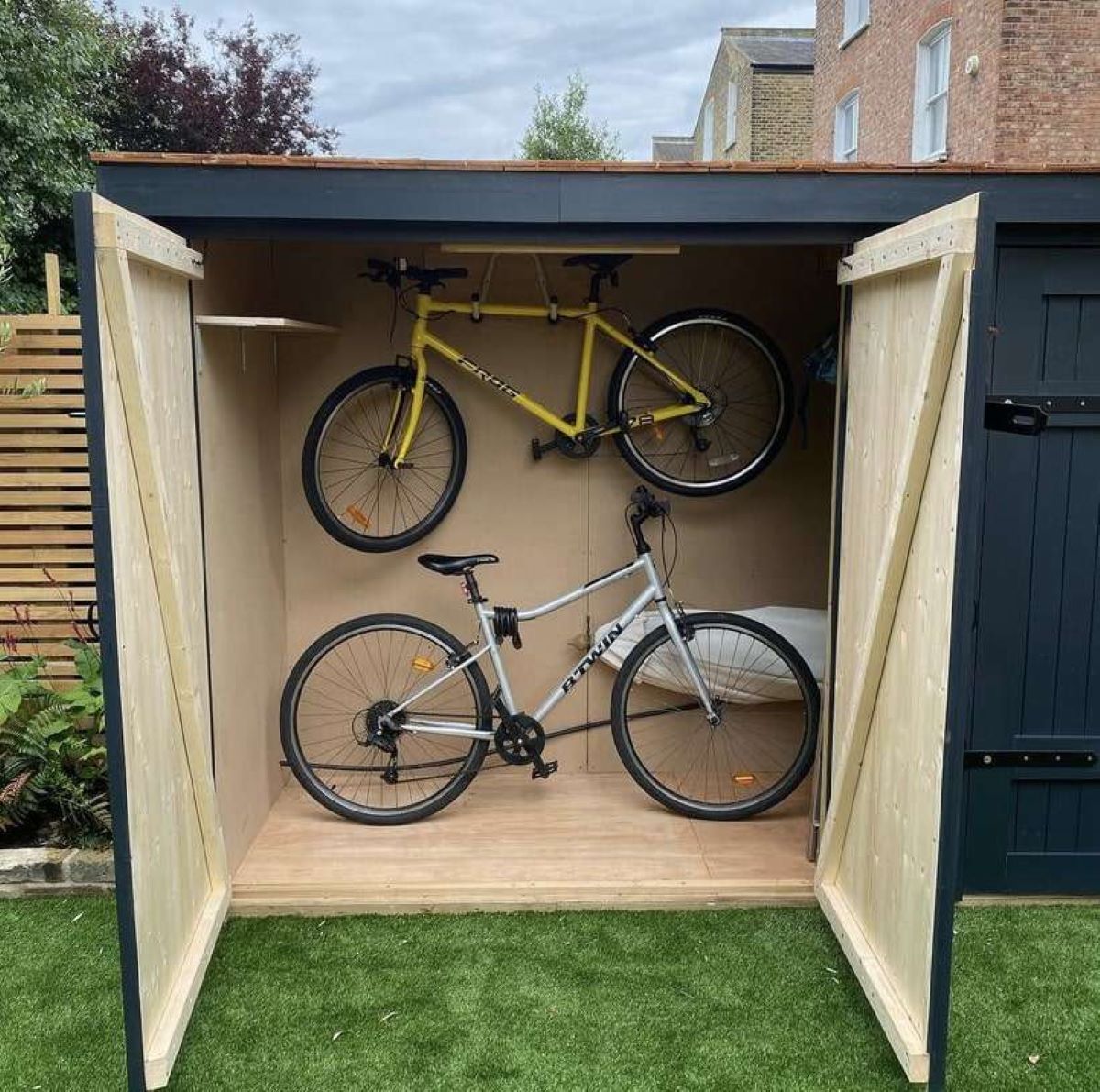

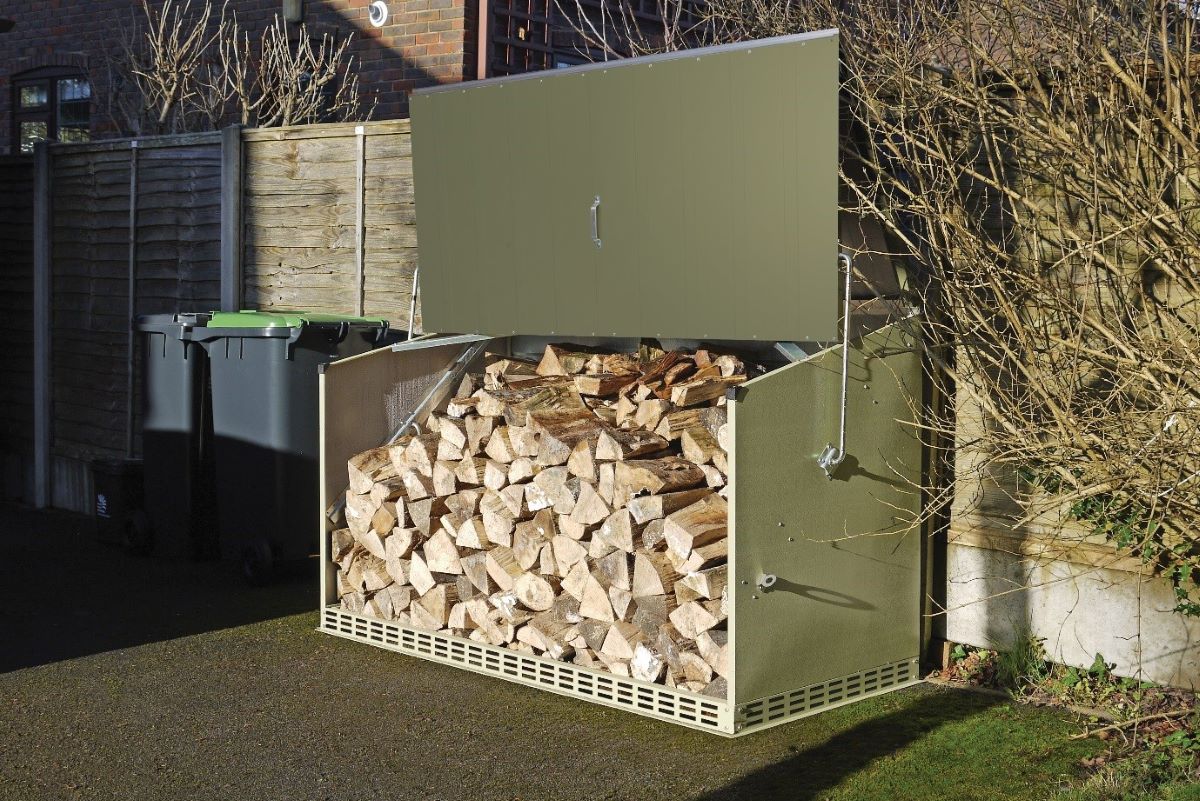

0 thoughts on “How To Store Boat Outside”